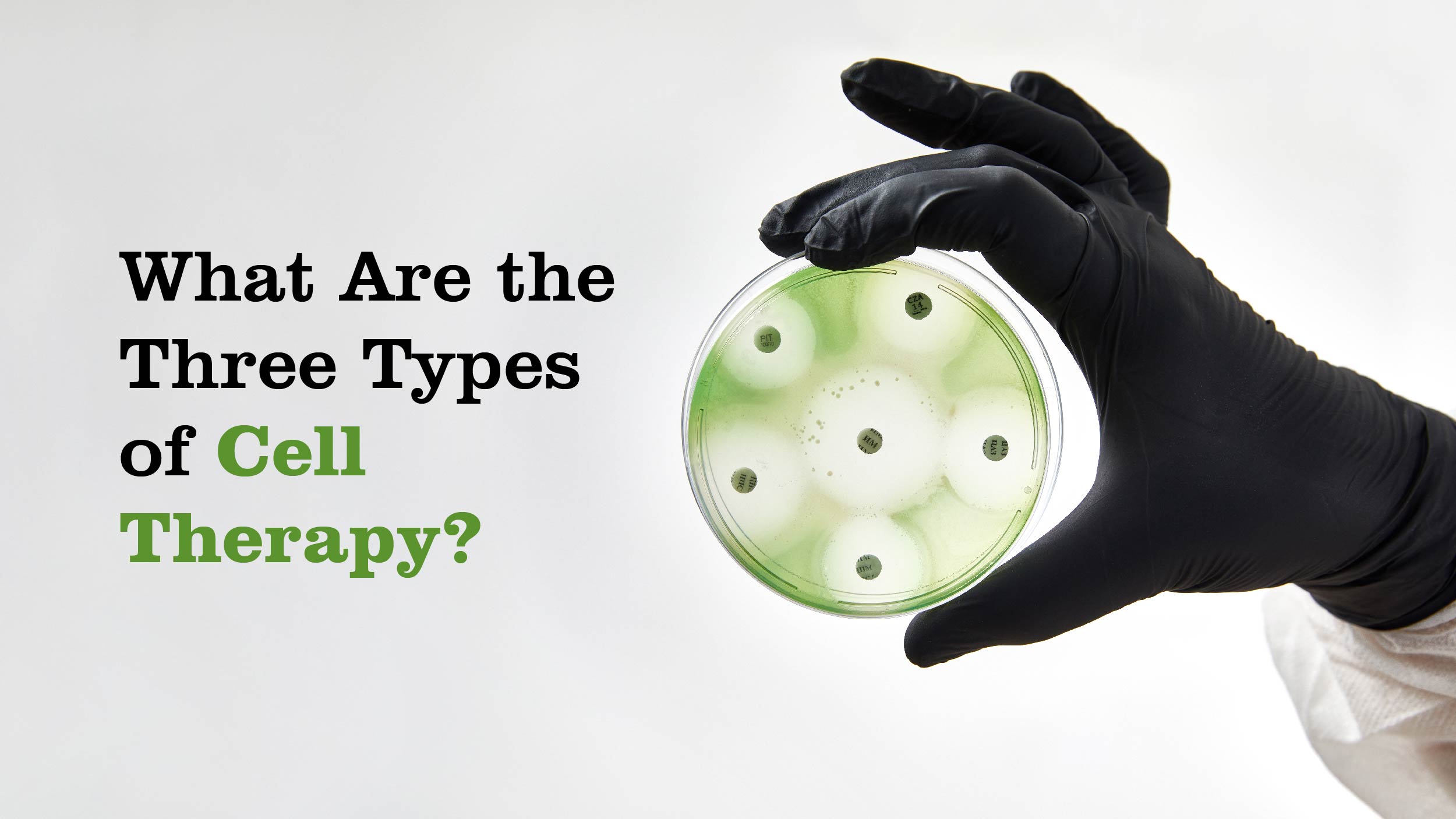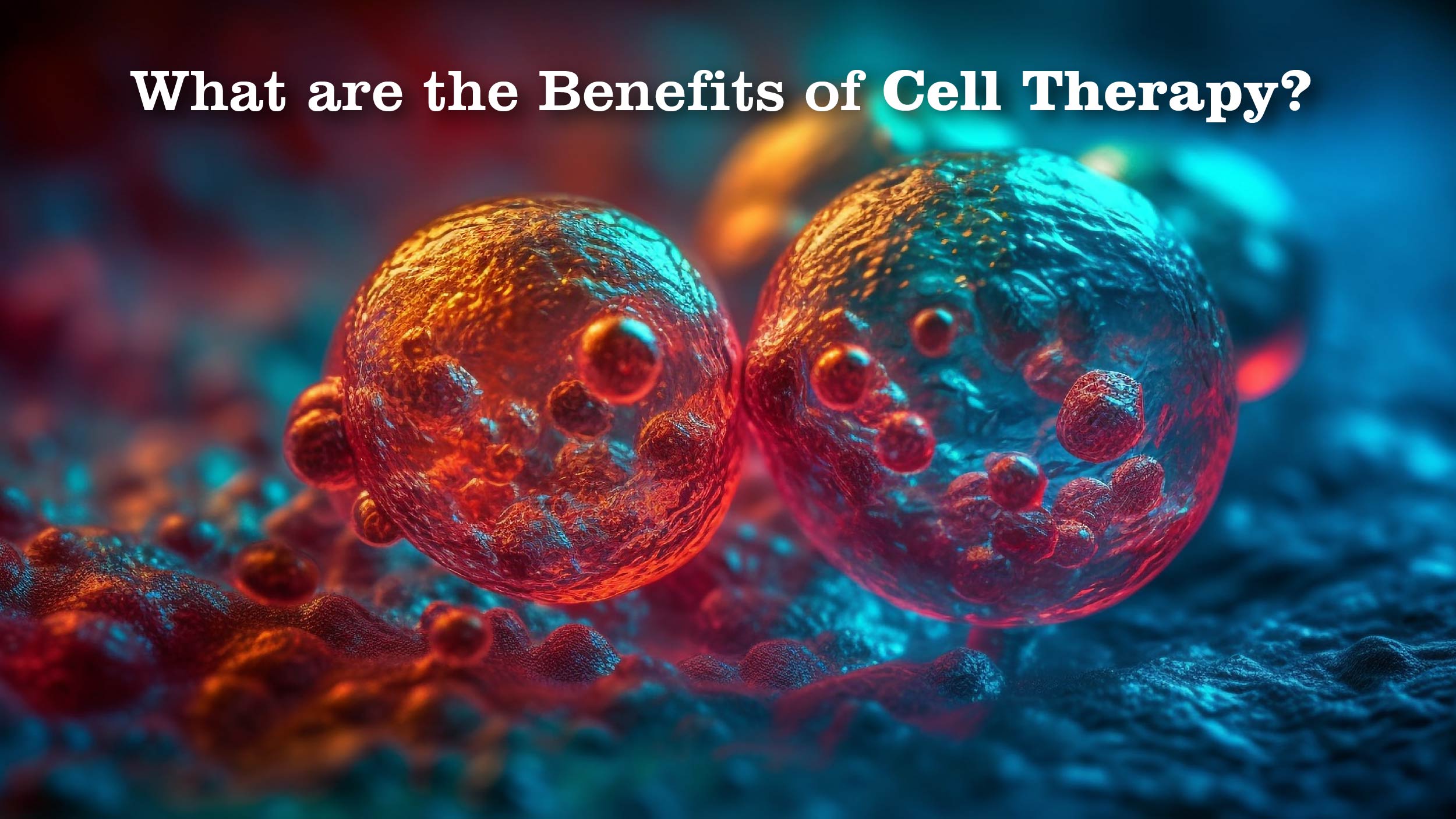Years ago, if anyone had thought science would progress so much that a single cell from a human’s body would be enough to cure some deadly disease, nobody would have believed it.
Fast forward to the 21st century; this is now possible, and it’s called “cell therapy.” Learn how this groundbreaking field of medical research holds immense potential in revolutionizing healthcare.
What is Cell Therapy?
Cell therapy or cellular therapy involves the use of various types of cells to treat or prevent diseases. It harnesses the power of cells to halt and reverse diseases, restore damaged organs, and potentially cure life-threatening conditions.
Stem cells, lymphocytes, dendritic cells, and pancreatic islet cells are among the different types of cells used in cellular therapy. Advances in gene editing, protein engineering, and cell culture technology have created a fertile scientific environment for cell therapy research.
This therapy is extensively used in the treatment of diseases. As of 2022, among over 1,200 active clinical trials focusing on cell and gene therapies, approximately 770 were dedicated to oncology.
What Are the Three Types of Cell Therapy?

Cellular therapy encompasses a diverse range of approaches, each with its own unique characteristics and applications including:
- Stem cell-based therapy: Stem cells are undifferentiated cells that have the remarkable ability to develop into various cell types in the body. Stem-cell-based therapies harness the regenerative potential of stem cells to repair or replace damaged tissues and organs. These therapies can involve the use of embryonic stem cells, adult stem cells (such as mesenchymal stem cells), or induced pluripotent stem cells (iPSCs).
- Non-stem cell-based therapy: Non-stem cell-based therapies utilize specialized cells that have already differentiated into specific cell types. These cells may include immune cells, fibroblasts, or other types of somatic cells. Non-stem cell-based therapies often focus on modulating the immune response, promoting tissue repair, or delivering therapeutic agents to target sites.
- Unicellular therapy: Unicellular therapies involve the administration of a single type of cell to achieve a therapeutic effect. These cells may be stem cells, immune cells, or other types of specialized cells. Unicellular therapies can target specific diseases or conditions by delivering a concentrated dose of therapeutic cells to the affected area.
Also Read: The Ultimate Guide to Understanding Genetic Engineering
What is the Most Common Cell Therapy?
The most common cell therapy is hematopoietic stem cell transplantation, commonly referred to as a bone marrow transplant. This procedure is frequently employed in the treatment of various blood cancers and hematologic disorders. Hematopoietic stem cell transplantation entails the transfer of stem cells from a compatible donor to a recipient, aiming to replenish or regenerate impaired blood cells and reinstate normal blood cell generation.
It has demonstrated notable efficacy in addressing conditions such as leukemia and lymphoma. While researchers are actively investigating and advancing other forms of cellular interventions, hematopoietic stem cell transplantation retains its status as the foremost therapeutic modality in contemporary medical practice.
How is Cell Therapy Different From Gene Therapy?
Gene therapy is a cutting-edge medical approach that involves transferring genetic material into the body, using a carrier or vector. This genetic material then gets incorporated into specific cells, targeting them for treatment. On the other hand, stem cell therapy focuses on transferring cells with specific functions into the patient, aiming to restore or enhance their bodily functions. Both gene therapy and cellular therapy offer exciting possibilities for improving health and treating various conditions by harnessing the power of our own genetic and cellular makeup.
What are the Benefits of Cell Therapy?

Cellular therapy presents a multitude of advantages, encompassing:
- Treatment of Chronic Conditions: Offering hope in addressing chronic ailments like neurodegenerative disorders, diabetes, and heart disease, this innovative approach holds the potential to alleviate symptoms and enhance patients’ quality of life.
- Regenerative Medicine: In the realm of regenerative medicine, this cutting-edge therapy serves as a pivotal player, fostering the regeneration and restoration of impaired tissues and organs. This aids in reinstating normal functionality and expediting the healing process.
- Minimal Risk and Recovery Time: Particularly in stem cellular therapy, a subset of this therapeutic approach, the utilization of biologic material derived from the patient’s own body significantly reduces the risk of rejection or adverse reactions. Moreover, the associated recovery period is typically brief, allowing individuals to swiftly resume their daily routines.
- Personalized Treatment: Offering the promise of tailored treatment approaches, this innovative method utilizes a patient’s own cells or those from a compatible donor, thereby augmenting the likelihood of favorable outcomes.
- Promising Results: Across various therapeutic domains such as regenerative medicine, immune disorders, and oncology, this pioneering approach has exhibited encouraging results. As it continues to advance and diversify, it holds the potential to furnish patients with therapeutic benefits across a spectrum of medical conditions.
End Note
Cell therapy represents a groundbreaking and promising approach in the field of medicine. With its ability to treat chronic conditions, promote regenerative healing, minimize risks, offer personalized treatment options, and deliver promising results, cellular therapy holds immense potential for transforming healthcare.




